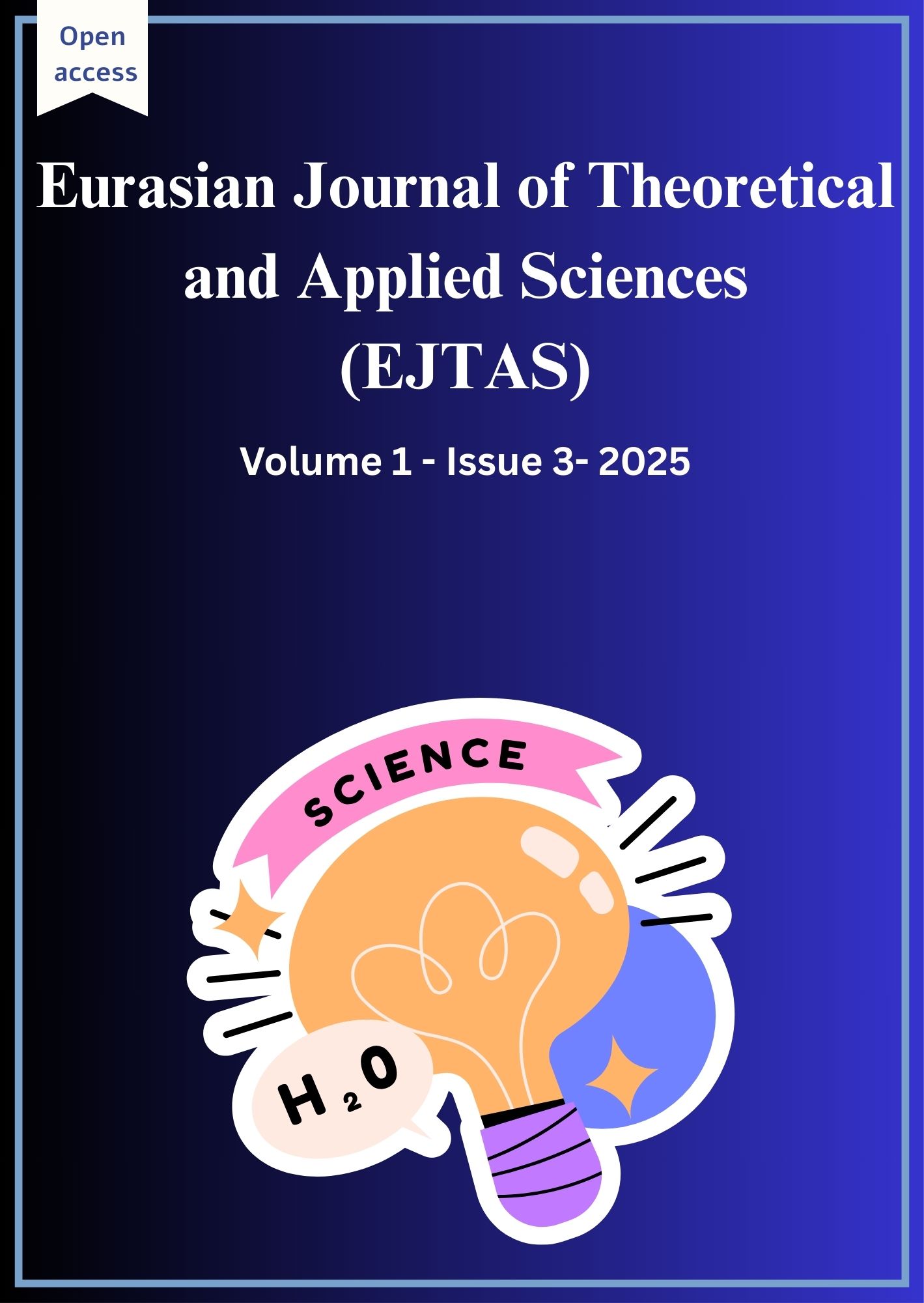Wind Energy: an overview of the physical basics and the current types of technology
DOI:
https://doi.org/10.32213/j4069c08الكلمات المفتاحية:
Wind speed، Wind turbines، Wind power curve، Wind power plantالملخص
In recent years, the need for renewable energy has become a primary topic of discussion among all countries worldwide. This is especially true because the use of fossil fuels, such as natural gas and crude oil, has led to more environmental pollution, and the availability of these fuels is also decreasing. Renewable energy is a type of energy that originates from natural sources, and it requires specialized technology to be utilized in a manner that produces clean energy. Wind energy is one of the most commonly used renewable energy sources, and it has been used for many years. This article will explain why wind forms on the Earth's surface, the factors that influence how much energy can be taken from the wind, the effects of wind energy on the environment, and the different types of turbines used in wind power plants. These turbines are designed to collect the energy in the wind and turn it into mechanical energy, and then, through an electric generator attached to the turbine, they create electrical energy










